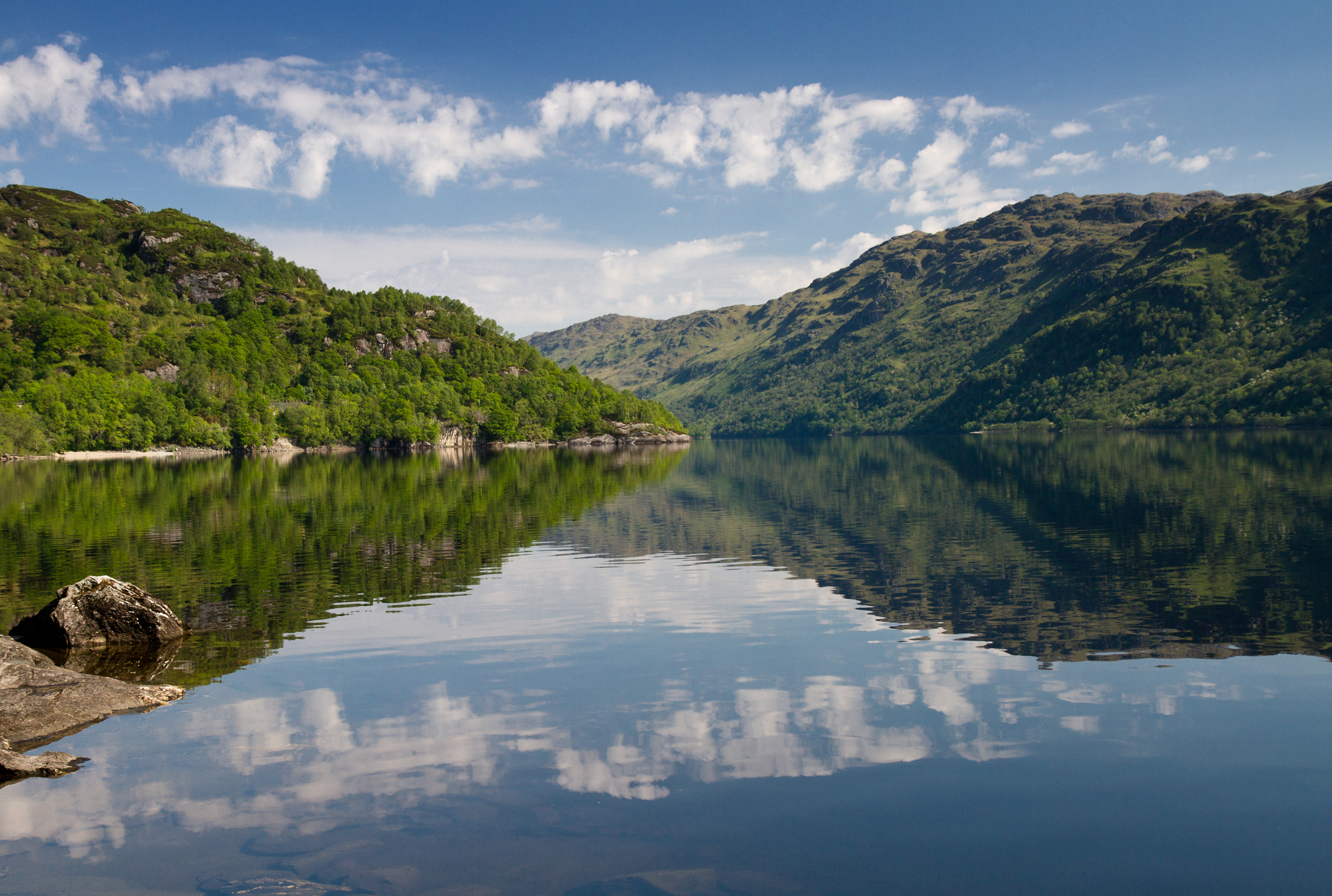
Tiny pieces of plastic pollution have been found in rivers, lakes and wetlands across Britain, research suggests.
Researchers surveying 10 sites including Ullswater in the Lake District, Loch Lomond in Scotland and the River Thames, as well as a reedbeed, a reservoir and a waterfall, found they all contained “microplastics”.
The study by Bangor University and Friends of the Earth used a fluorescence lighting system to identify and count microplastic pollution of less than 5mm in size such as fragments, fibres and film.
Initial findings from the research found pollution levels ranging from more than 1,000 tiny pieces of plastic per litre in the River Tame in Greater Manchester to 2.4 pieces per litre in Loch Lomond.
Friends of the Earth and Dr Christian Dunn of Bangor University, who led the research, say the findings suggest that microplastics should be considered as an “emergent contaminant” like pharmaceutical waste and pesticides.
Routine monitoring of all UK waters must now take place, they urged.
Friends of the Earth is also urging MPs to support legislation to phase out plastic pollution within 25 years, including ending non-essential single-use plastic by 2025.
Dr Dunn said: “It was more than a little startling to discover microplastics were present in even the most remote sites we tested, and quite depressing they were there in some of our country’s most iconic locations.
“I’m sure Wordsworth would not be happy to discover his beloved Ullswater in the Lake District was polluted with plastic.
“These initial findings, from our team at Bangor University with Friends of the Earth, show that we have to start taking the issue of plastic in our inland waters seriously.”
He said that plastic was polluting rivers, lakes and wetlands in a similar manner to other emerging contaminants, and the dangers they presented to wildlife and people, and the levels in waterways, were not yet known.
But he said there was a need to monitor all inland waters for microplastics.
Julian Kirby, plastics campaigner at Friends of the Earth said: “The widespread contamination of our rivers and lakes with microplastic pollution is a major concern, and people will understandably want to know what impact this could have on their health and environment.
“Plastic pollution is everywhere – it’s been found in our rivers, our highest mountains and our deepest oceans.”
The preliminary findings, which are being submitted for publication in a scientific peer-reviewed journal, show a range in levels of microplastics per litre of water in the different water bodies.
River Thames, London (84.1 pieces of plastic per litre of water)
Chester reedbed (7.6)
Ullswater, Lake District (29.5)
River Irwell, Salford, Greater Manchester (84.8)
River Tame, Tameside, Greater Manchester ( more than 1,000)
River Blackwater, Essex (15.1)
Falls of Dochart, Loch Lomond & Trossachs National Park (3.3)
Loch Lomond (2.4)
Afon Cegin – river; North Wales (76.9)
Llyn Cefni – reservoir; Anglesey, Wales (43.2 ).

Enjoy the convenience of having The Sunday Post delivered as a digital ePaper straight to your smartphone, tablet or computer.
Subscribe for only £5.49 a month and enjoy all the benefits of the printed paper as a digital replica.
Subscribe